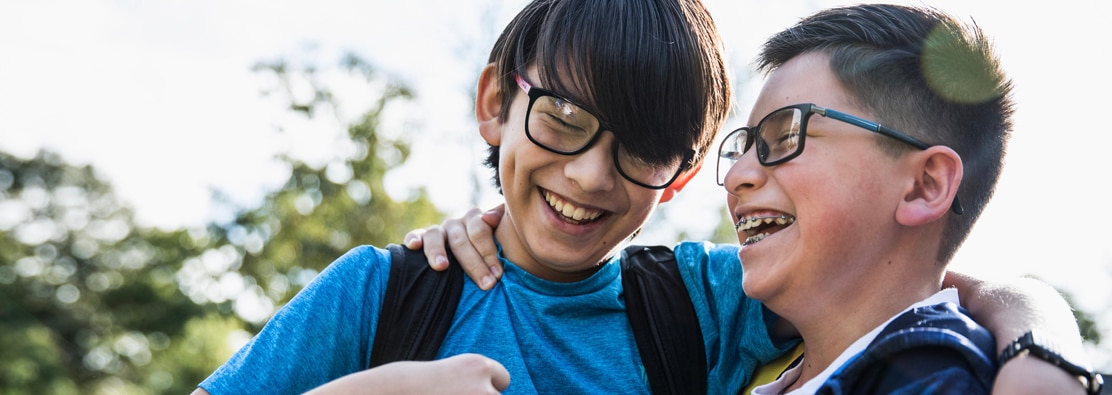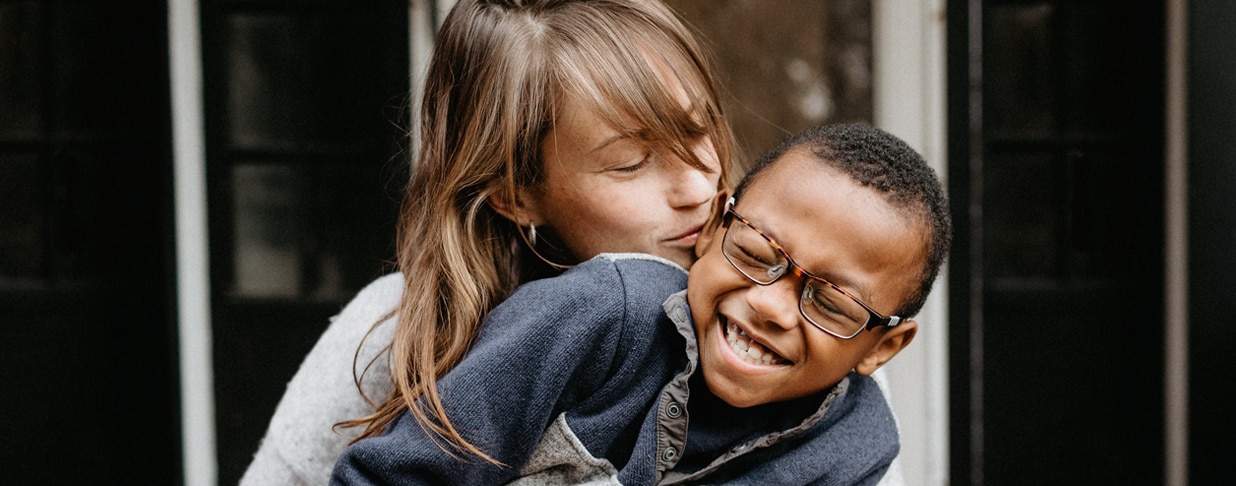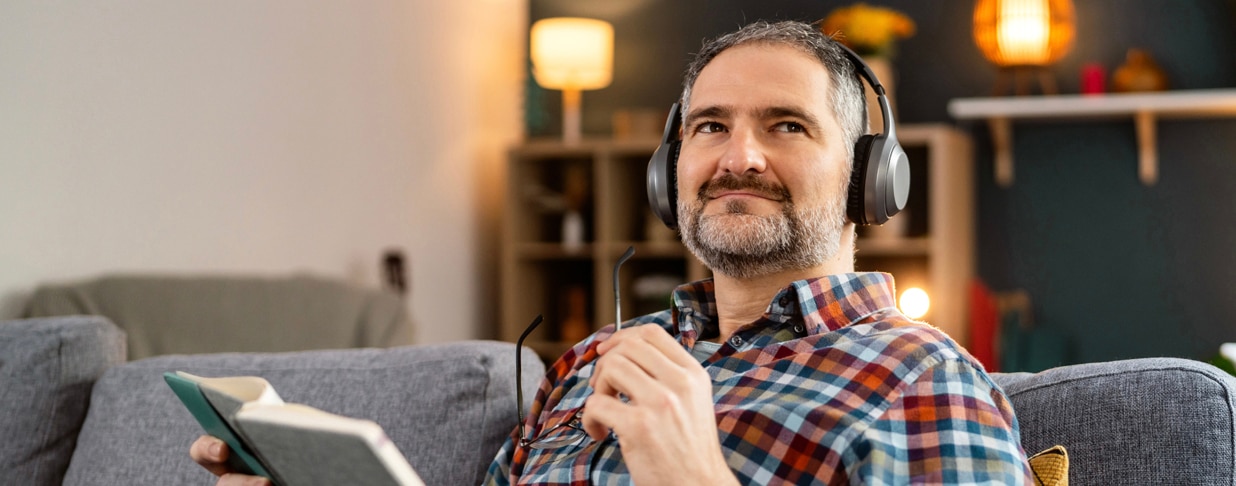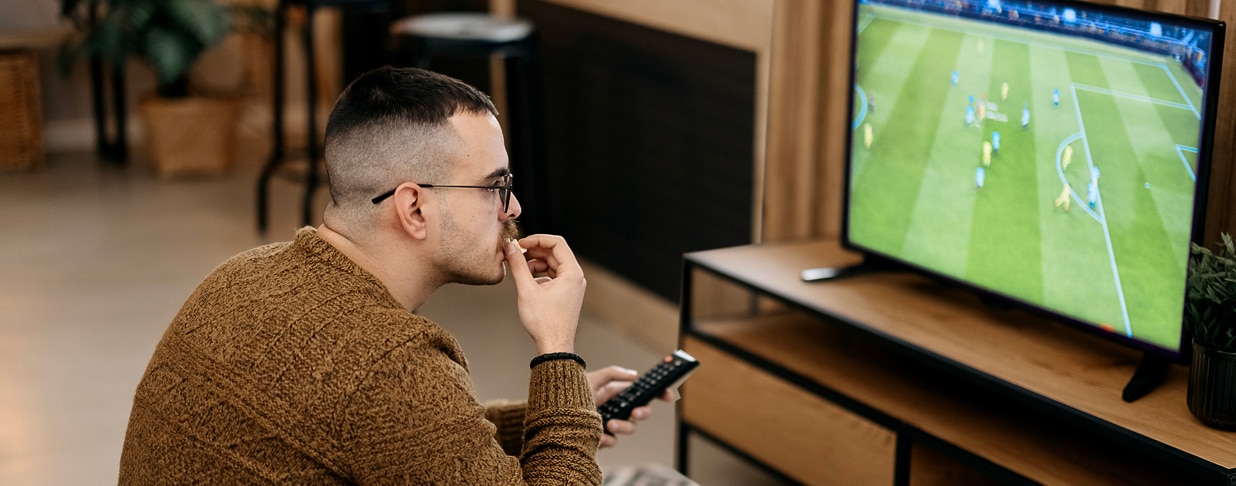Nearsightedness is a global health crisis. If we don’t slow its rate of increase, half the world’s population may be nearsighted by the year 2050.1
Myopia is the most common vision impairment for children2 and can increase the risk of developing serious vision complications later in life, like cataracts, glaucoma and retinal detachment.3 Early detection is key, and a new generation of spectacle lenses can help slow its progression and reduce the risks of high myopia.
We asked Denis Cohen-Tannoudji, Senior VP of Emerging Technologies and Business Models for EssilorLuxottica, for some insight on two emerging lens innovations—Stellest™ and SightGlass Vision™.
Why is Stellest and SightGlass lens technology so important?
The population we are targeting is kids. This is very important because the risk of getting high myopia starts in early childhood between 4 and 6 years old. If you lose this opportunity to prevent high myopia, it becomes irreversible. Stellest and SightGlass may be the best solutions because you have few alternatives at this early age.
Are Stellest and SightGlass lenses a better option than myopia contact lenses or atropine drops?
Contact lenses like MiSight Multifocal or ortho-K present a solution—but can be challenging for young children because they are difficult to put on and there is a risk of infection. With atropine drops (a drug given in low dosage to control myopia), there are some clinical trials which give good indications, but there also seems to be a rebound effect. This option can’t be maintained over time, so it’s not an ideal solution, either.
What makes Stellest and SightGlass easier to manage?
These innovative spectacle lenses are much easier for kids and parents to manage because they are non-invasive, easily fitted and require minimal care. Stellest and SightGlass are both correcting the vision, correcting the myopia and preventing high myopia.
How do these innovative lenses work?
The Stellest lens provides clear vision through a single vision zone and myopia control using a series of lenslets that create peripheral defocus and slow the elongation of the eye. Stellest™ lens is the culmination of more than 30 years of academic studies, product design and rigorous research efforts.
SightGlass Vision, like Stellest, can provide clear near and far vision and incorporates thousands of micro-dots into the lens that softly scatter light to reduce contrast on the retina. Reducing the contrast helps slow abnormal growth in young eyes.
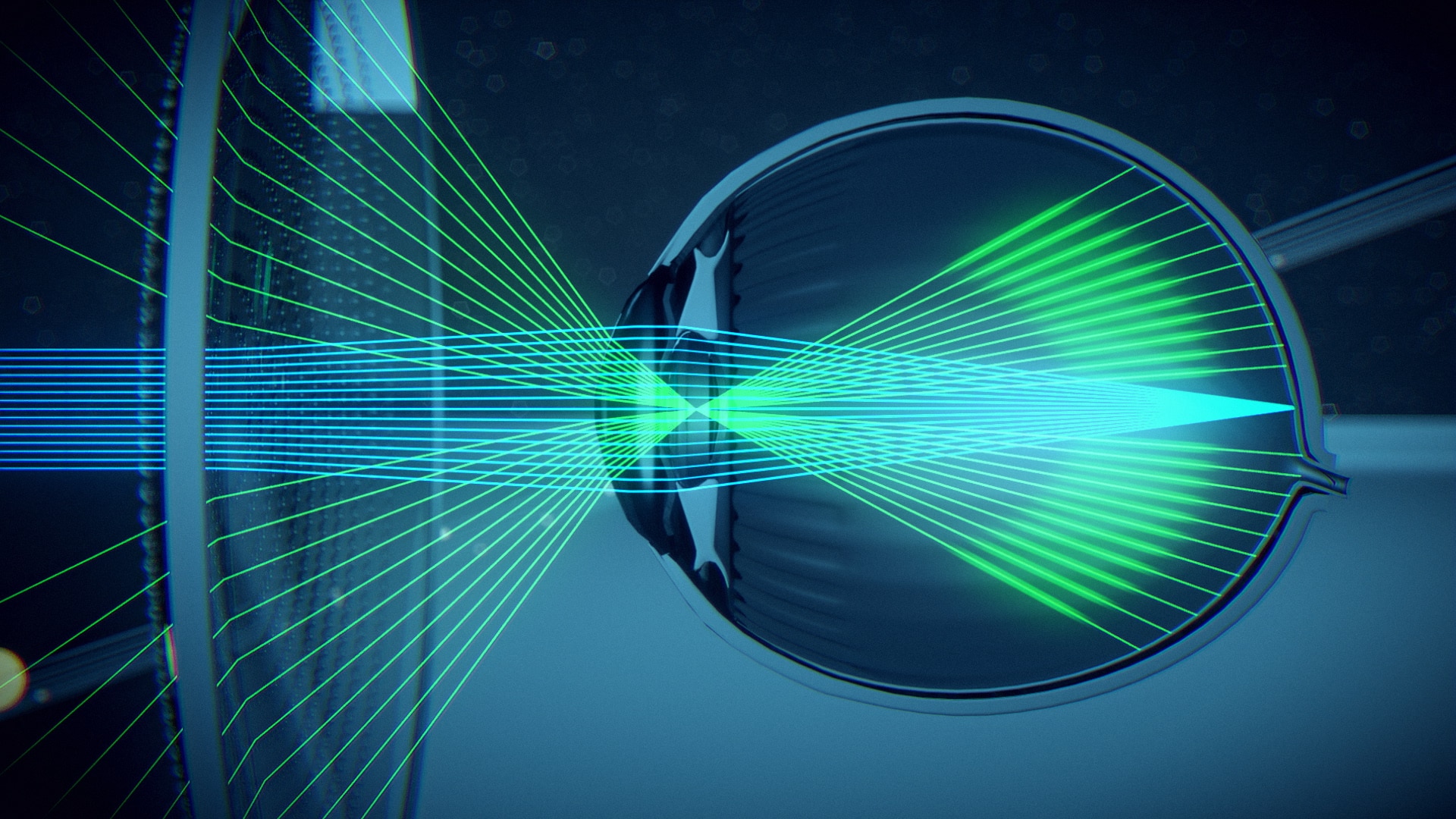
The Stellest lens is designed with H.A.L.T. technology—a constellation of aspherical lenslets spread across 11 rings and designed to create a volume of signal that slows the elongation of the eye.
Can smart eyewear play a role in reducing myopia?
The more frequently individuals wear the Stellest lens or the SightGlass Vision lens, the more likely the treatment will work. We are seeking to eventually have a smart frame with a capacity sensor to let parents monitor whether the glasses are being worn all day.
Reach out to your EyeMed representative to discuss how vision benefits can help manage childhood myopia – or visit eyemed.com to learn more.
•••
1 “Nearsightedness is a Public Health Crisis”; American Academy of Ophthalmology; aao.org, October 2021.
2 “Vision Problems”; Boston Children’s hospital; childrenshospital.org; accessed August 2022.
3 Debrowski A., McManes A.; “High myopia: severe nearsightedness,” All About Vision; allaboutvision.com; June 28, 2022.
